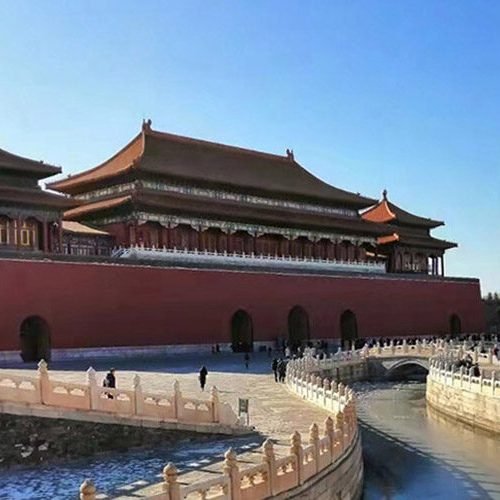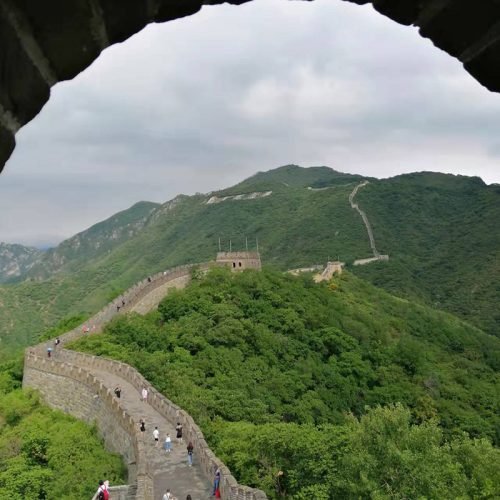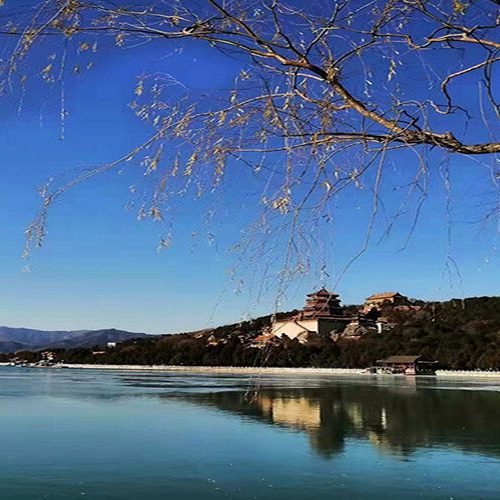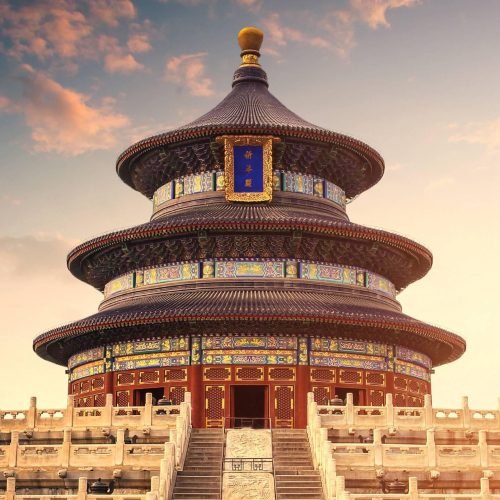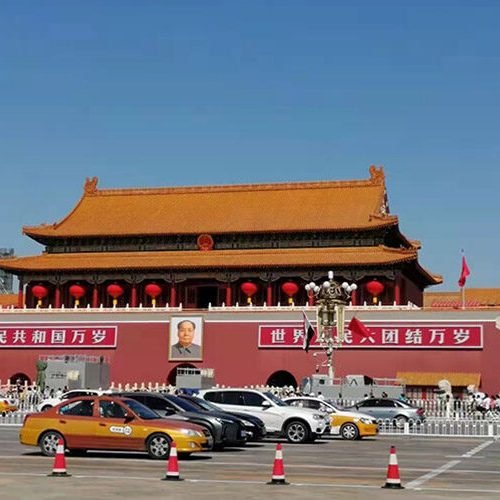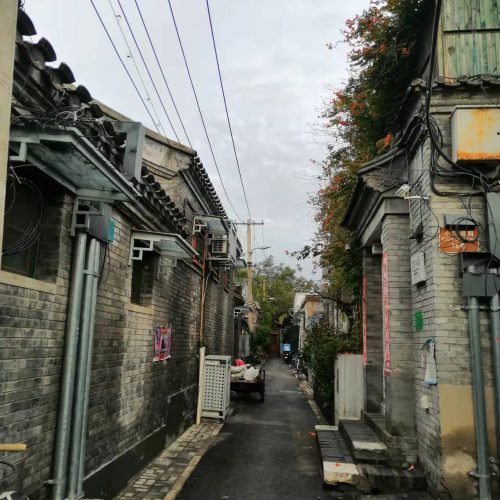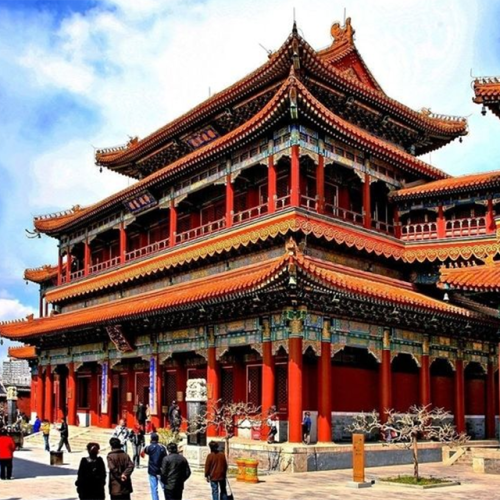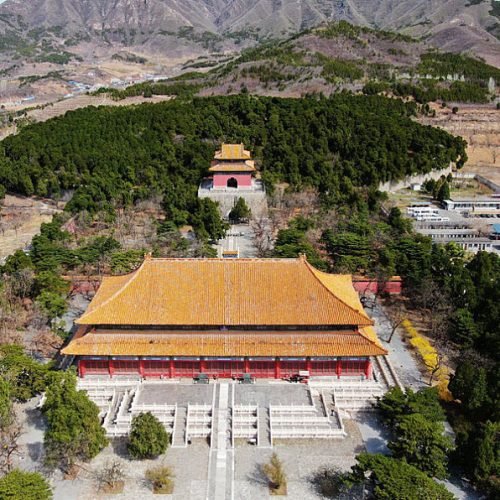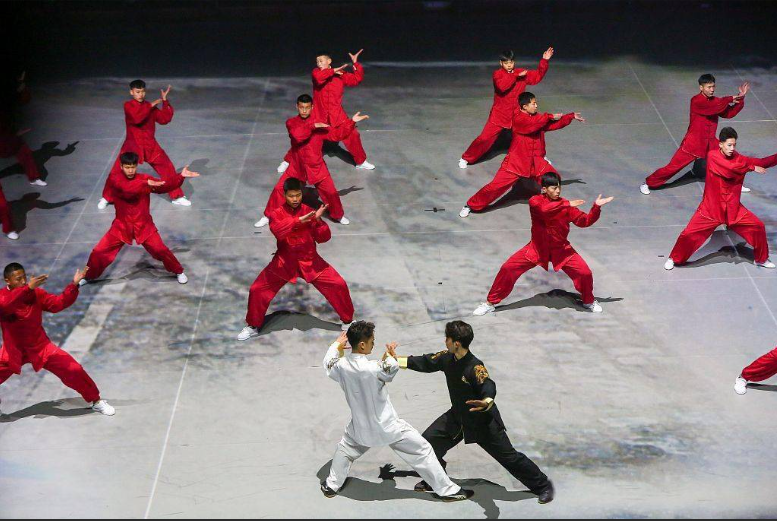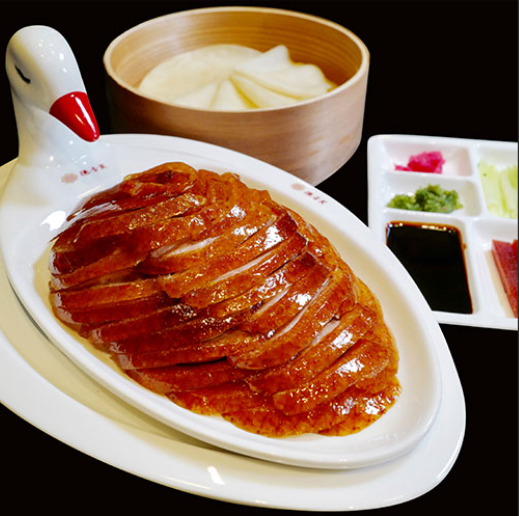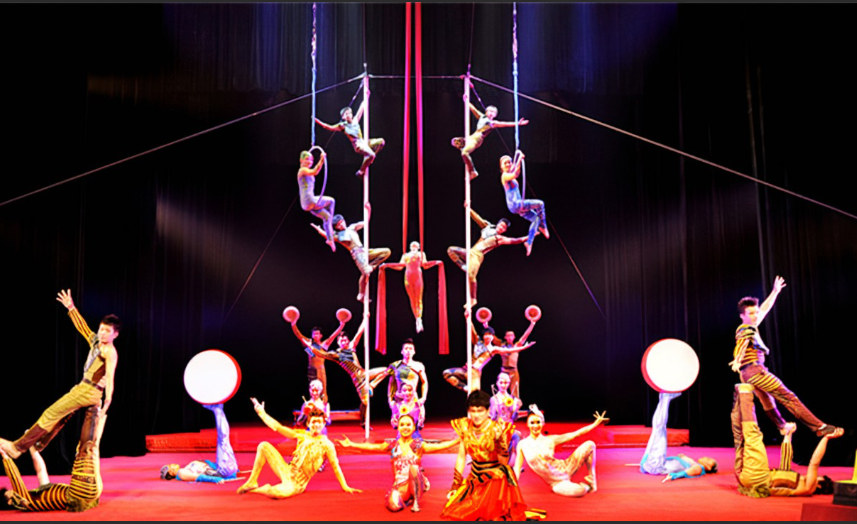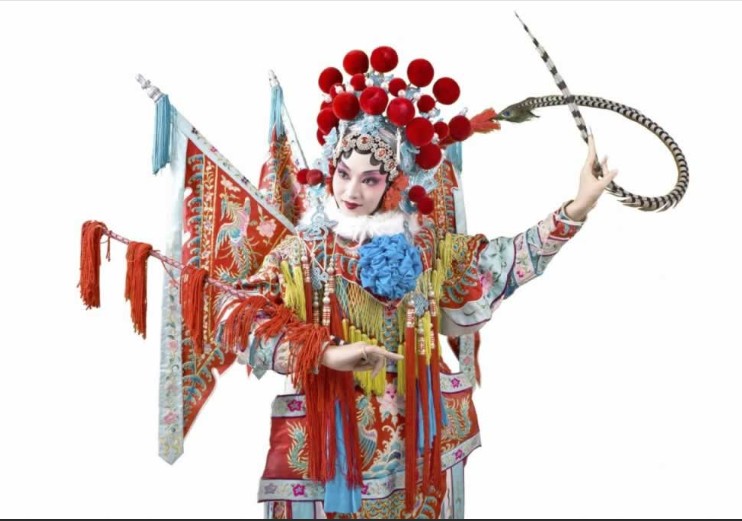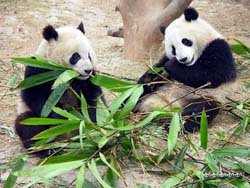Know Before You Go: Understanding Beijing’s Extreme Climate
For those planning a trip to China’s capital, understanding the unique climate in Beijing is crucial. While Beijing offers incredible cultural experiences, certain times of the year present significant weather challenges that can impact your comfort and overall travel enjoyment. This guide aims to prepare international visitors for Beijing’s less-than-ideal seasons.
Summer’s Sweltering Grip: July and August
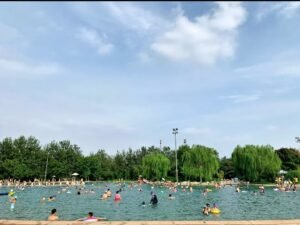 If you’re considering visiting Beijing in July or August, be prepared for an intense summer. The climate in Beijing during these months is characterized by high heat, stifling humidity, and frequent rainfall. Average daytime temperatures typically range from 82-88°F (27-31°C), but highs can soar to over 95°F (35°C), occasionally even reaching 100-104°F (38-40°C). Humidity levels are significantly high, averaging around 75-78%, making the air feel thick and oppressive. These months also mark Beijing’s rainy season, with heavy downpours and thunderstorms being common. The combination of intense temperatures, high humidity, and sudden deluges can make outdoor sightseeing, like exploring the Great Wall or the Forbidden City, extremely uncomfortable and physically draining. For a pleasant holiday, these months are generally not recommended.
If you’re considering visiting Beijing in July or August, be prepared for an intense summer. The climate in Beijing during these months is characterized by high heat, stifling humidity, and frequent rainfall. Average daytime temperatures typically range from 82-88°F (27-31°C), but highs can soar to over 95°F (35°C), occasionally even reaching 100-104°F (38-40°C). Humidity levels are significantly high, averaging around 75-78%, making the air feel thick and oppressive. These months also mark Beijing’s rainy season, with heavy downpours and thunderstorms being common. The combination of intense temperatures, high humidity, and sudden deluges can make outdoor sightseeing, like exploring the Great Wall or the Forbidden City, extremely uncomfortable and physically draining. For a pleasant holiday, these months are generally not recommended.
Winter’s Icy Chill: January and February
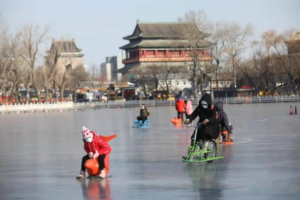 Conversely, the climate in Beijing in January and February swings to the opposite extreme: intensely cold and remarkably dry. Average temperatures often hover around 19-29°F (-7 to -2°C). Daytime highs typically struggle to reach the mid-30s Fahrenheit (around 2-5°C), while nighttime lows can plummet to 5-16°F (-15 to -9°C). Beyond the biting cold, the air is notably dry, with average humidity levels around 41-44%. This extreme dryness can lead to chapped skin, static electricity, and a general feeling of discomfort. While winter offers fewer crowds and unique snowy vistas, the biting cold and arid conditions can make prolonged outdoor activities challenging.
Conversely, the climate in Beijing in January and February swings to the opposite extreme: intensely cold and remarkably dry. Average temperatures often hover around 19-29°F (-7 to -2°C). Daytime highs typically struggle to reach the mid-30s Fahrenheit (around 2-5°C), while nighttime lows can plummet to 5-16°F (-15 to -9°C). Beyond the biting cold, the air is notably dry, with average humidity levels around 41-44%. This extreme dryness can lead to chapped skin, static electricity, and a general feeling of discomfort. While winter offers fewer crowds and unique snowy vistas, the biting cold and arid conditions can make prolonged outdoor activities challenging.
Impact on Your Trip
Both the peak summer and deep winter months in Beijing can be quite taxing on the body. The relentless heat and high humidity of July and August, combined with the risk of heavy rain, mean you’ll spend more time trying to stay cool and dry than truly enjoying the sights. Similarly, the extreme cold and dryness of January and February necessitate heavy layering and can limit your desire to explore outdoors. While spring (April-May) and fall (September-October) offer a much more pleasant climate in Beijing with comfortable temperatures and clear skies, making them ideal for tourism, the extreme periods should be approached with caution or, ideally, avoided for leisure travel.
Plan your Beijing adventure wisely, taking into account these significant climate variations, to ensure a more comfortable and memorable experience.
